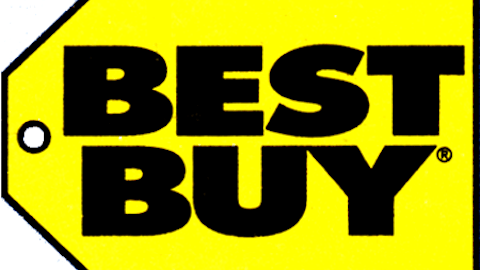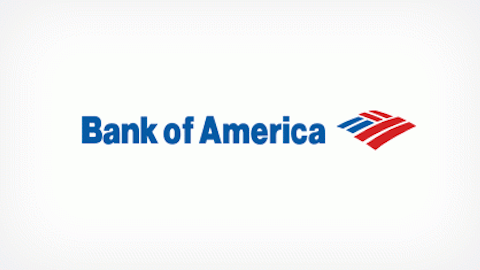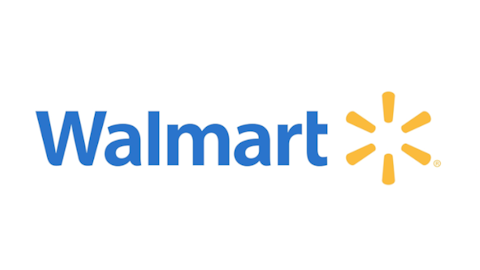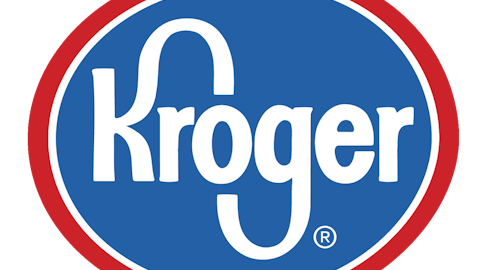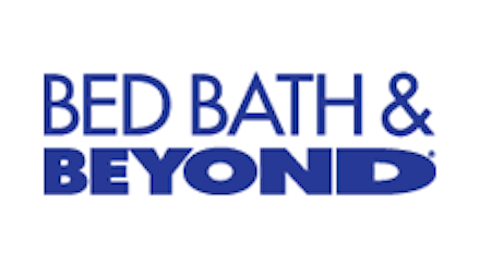The Costco Wholesale Corporation (NASDAQ:COST) is an international retailer that’s made a name for itself by selling bulk brands for low prices. It’s a one stop shop that sells everything from groceries to big screen TVs. Last quarter, the company beat analyst expectations by raising sales by 8% from $21.85 billion to $23.55 billion. With quarterly revenue and earnings growth of 7.90% and 18.90%, respectively, Costco has been successfully expanding. But what makes Costco Wholesale Corporation (NASDAQ:COST) special and can the company sustain its impressive growth?
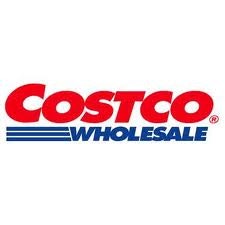
Growing the club
Costco Wholesale Corporation (NASDAQ:COST) has opened 19 store locations during its current fiscal year most recently expanding in japan, Mexico, the U.K., and Maryland. It plans on adding 9 more stores in the last quarter of the year bringing the total yearly store openings to 28. With new global locations, Costco can increase sales and can also draw in new members.
Membership is the price all Costco Wholesale Corporation (NASDAQ:COST) customers pay to have access to the cheap, bulk items that the company sells. The company has 3 levels of membership that include the gold star membership, business membership, and executive membership. Gold star and business are essentially the same basic membership, but executive membership gives customers 2% annual cash back and costs twice as much as the other two. Executive members account for 1/3 of Costco’s members and 2/3 of the company’s sales. Increasing executive membership penetration is important to increase Costco’s sales growth. Last quarter, overall membership revenue rose 12% from $475 million to $531 million. This comes from a 19% increase in new membership that stems from global expansion and increased executive membership. Charging a membership fee also creates an incentive for customers to go shopping. They’re paying for access to the store, they should get the most out of it.
Costco Wholesale Corporation (NASDAQ:COST) has also been utilizing its website. Available in the U.S., U.K., and Canada, the company has seen e-commerce sales increase 20%. This should continue to grow as the company expands and improves its web capabilities.
Expansion doesn’t come without a cost. Cannibalization has negatively impacted sales by approximately 60 basis points. This is a small price that Costco pays for its necessary growth.
The others
Costco Wholesale Corporation (NASDAQ:COST)’s main competitors are Wal-Mart Stores, Inc. (NYSE:WMT) and Target Corporation (NYSE:TGT).
Target has been struggling in 2013. The company recently posted quarterly earnings per share of $1.05 which was a 5% decrease from 2012. Comparable store sales decreased 0.60% which led to a quarterly revenue decline of 1.00%. Target Corporation (NYSE:TGT)blamed these disappointing numbers on this years unusually cold and wet weather that hurt the sales of “spring” items.
Wal-Mart Stores, Inc. (NYSE:WMT) has been doing better than Target Corporation (NYSE:TGT). The company’s first quarter earnings per share increased 4.6% to $1.14 and it expects a 3.4% earnings growth in the current quarter. The retail giant grew e-commerce sales by 30% and opened up 5 million square feet of retail space. Despite this, the company’s revenue growth was only 1% year-over-year lagging behind Costco. Wal-Mart also owns Sam’s Club, a warehouse store that requires a membership fee like Costco. The difference between the two is customer service. In a consumer reports survey, 26,000 shoppers evaluated 10 major retailers that included Costco and Sam’s club. Costco was the top rated store in the survey with Sam’s club receiving average ratings. Wal-Mart Stores, Inc. (NYSE:WMT) stores have also received criticism for being poorly organized and having empty shelves. Wal-Mart owns 620 Sam’s club locations and over 10,000 other stores. With this many stores, cannibalization is an issue for expansion.
Costco Wholesale Corporation (NASDAQ:COST)’s great customer service might come from the high employee salary. The average Costco employee makes roughly $45,000 a year. This is much more than the average Sam’s club employee salary of $17,500 a year and Target Corporation (NYSE:TGT) cashiers’ hourly wage of $8.07.
Target Corporation (NYSE:TGT), Wal-Mart Stores, Inc. (NYSE:WMT), and Costco have gross margins of 30.70%, 24.66%, and 10.67 respectively. It would appear that Costco falls behind in this category, but Costco doesn’t see it that way. By lowering their prices they increase sales, member shopping frequency, membership sign ups and renewals, and market share. Having small margins is a byproduct of these low prices, but the positives outweigh the negatives.
Costco Wholesale Corporation (NASDAQ:COST) has a smaller dividend yield of 1.10% compared to Target Corporation (NYSE:TGT) and Wal-Mart’s yields of 2.50% each. While the annual yield might be smaller, Costco gave a special dividend of $7 per share last December showing that the company is more than willing to compensate its investors generously.
Conclusion
Costco Wholesale Corporation (NASDAQ:COST) is a strong company that continues to grow thanks to membership increases and global store expansion. Costco’s growth over a long period of time is reliable. It is a solid brand that offers consumers high-quality goods and inspires pride in its employees. The stock won’t shoot up dramatically like a hip tech stock, but it will give a patient investor a good return in the long run.
Ben Popkin has no position in any stocks mentioned. The Motley Fool recommends Costco Wholesale. The Motley Fool owns shares of Costco Wholesale Corporation (NASDAQ:COST).
The article This Wholeseller Is Still a Good Investment originally appeared on Fool.com.
Ben is a member of The Motley Fool Blog Network — entries represent the personal opinion of the blogger and are not formally edited.
Copyright © 1995 – 2013 The Motley Fool, LLC. All rights reserved. The Motley Fool has a disclosure policy.
